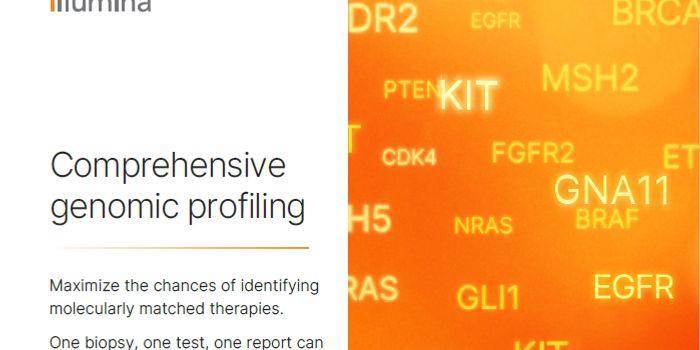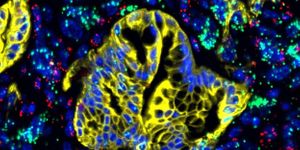Controlling Gene Expression with Light
If there was an easy way to turn genes on and off, scientists would be able to develop therapies for many different diseases that are caused by aberrant gene expression. There are many different research groups working to develop ways to use light to control genes. Some are incorporating the CRISPR/Cas9 gene editor into their work. Several new reports have been released in recent weeks that describe these efforts, one of which is outlined in the video below.
Researchers at Nanjing University in China have created a nanocarrier that can respond to light and encapsulates a CRISPR/Cas9 system that has been designed as a cancer therapeutic. The team used “nanotransducers” that are able to change near-infrared light into local ultraviolet light, which allows for the cleavage of photosensitive molecules. The system, reported in Science Advances, works to release the CRISPR/Cas9 therapy on-demand, as a localized gene editor.
In different research conducted at Duke University, scientists designed a technique for activating genes in a specific location by combining natural light-activated plant proteins with CRISPR/Cas9. Plants sense the time of day through proteins that link up in response to light. The researchers attached the CRISPR/Cas9 system to some of these proteins, and just by shining blue light on cells, genes could be turned on or off. This work was reported in Nature Chemical Biology.
"This technology should allow a scientist to pick any gene on any chromosome and turn it on or off with light, which has the potential to transform what can be done with genetic engineering," said the lead author of this report Lauren Polstein, a graduate student at Duke. "The advantage of doing this with light is we can quickly and easily control when the gene gets turned on or off and the level to which it is activated by varying the light's intensity. We can also target where the gene gets turned on by shining the light in specific patterns, for example by passing the light through a stencil."
"The light-sensitive interacting proteins exist independently in plants," explained Charles Gersbach, assistant professor of biomedical engineering at Duke University. "What we've done is attached the CRISPR and the activator to each of them. This builds on similar systems developed by us and others, but because we're now using CRISPR to target particular genes, it's easier, faster and cheaper than other technologies."
Learn more about the effort to control genes with light - optogenetics, from the video.
By creating different patterns of gene expression, scientists can do more than treat disease; they can coax cells to become certain tissue types, and engineer biological materials.
In another recent publication from the ACS journal Nano Letters, researchers have designed a DNA nanodevice that can guide stem cells to the site of an injury with the help of near-infrared light. In a mouse model, it helped muscle tissue to regenerate.
The scientists set out to stimulate signaling pathways in cells and began with a receptor called MET that is involved in wound repair. They created a molecule of DNA that can bind to two MET receptors at once. Gold nanorods were attached to the DNA molecule so that when stimulated with near-infrared light, they get hot and release the DNA. The DNA is then free to bind the two MET receptors simultaneously, connecting and activating them.
The scientists tested the system in a mouse wound model. Three days after they injected the nanorod-bound DNA and shined light on the injury, the scientists found that regeneration was improved compared to mice that had not received the treatment.
Sources: Science Daily via Duke University, Nature Chemical Biology, Nano Letters, Science Advances









